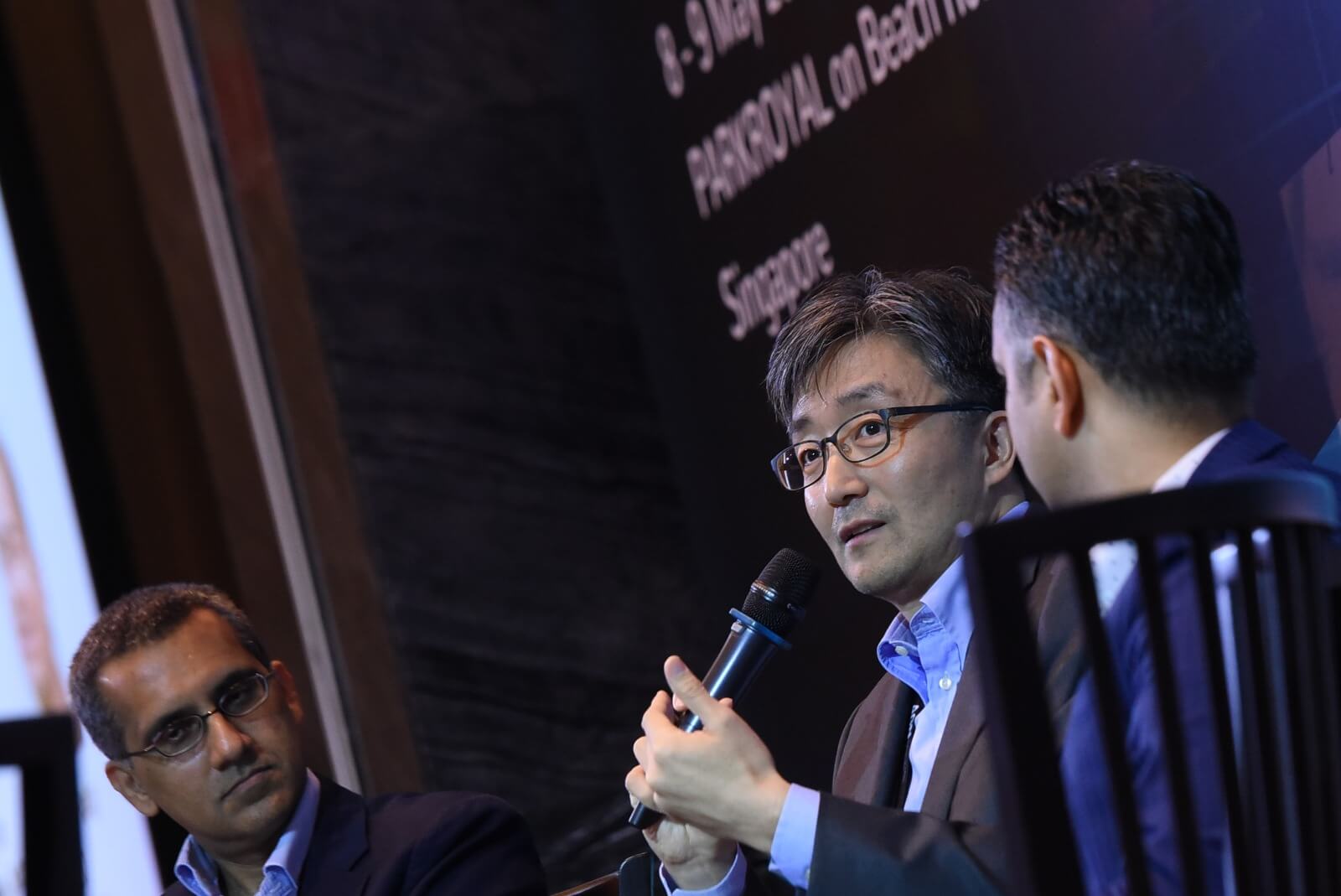Jimmy Kim
Kim brings a wealth of industry knowledge and leadership skills to his role, with more than 20 years’ experience in the technology and media business, coupled with a deep knowledge of the Asian markets.
Jimmy Kim's ArticlesNow that I’ve been with Globecast for nearly a year, and with the Asia Television Forum next week – more of which shortly – I thought it a good time to take a look at the challenges and the opportunities across Asia and the latest developments from us.
Even in the relatively short time that I’ve been with Globecast we’ve continued to see shifts in viewing patterns – and therefore monetization –across Asian markets. We’ve also seen major service deployments by us.
Asian challenges and opportunities
There’s no disputing that the TV and the related media industry have experienced unprecedented change in the past decade, even more so here in rapidly developing Asia. Long-time Globecast partners and companies across the Asia media sector are trying to figure out changing consumer video consumption patterns, navigate their way through transformations and take advantage of service innovations to help them adapt to these changes.
When we say ‘Asia’ we’re of course referring to a vast area of different countries that are in varying stages of their media development. In certain markets, Singapore, Japan and South Korea, for example, we have clients who need 4K services now. But there are also developing markets like Indonesia and Myanmar where HD hasn’t been rolled out yet. With regard to linear TV vs. OTT/Internet-delivered services, it’s a mixed bag. Again, using the Indonesia and Myanmar examples, the majority of viewers are still watching content via linear free-to-air television, compared with consumers in more mature markets who are mainly using OTT services. Then there’s the VOD options.
We’re also seeing an increasing number of OTT providers carrying linear TV channels on their platforms. Both broadcasters and traditional platforms in Asia want to have either their own OTT services or want to associate cool, Netflix-type services with their current offerings. There’s an abundance of local OTT players who specialize in local content and locally relevant business models. Second screen viewing is very common in Asia. I know this first hand after giving a lecture at a university in Hong Kong recently where none of the students thought that watching TV on a traditional set in their living room was the main way of viewing content.
We also know that large countries like China, India and Indonesia still need satellite-based delivery, while smaller countries like Singapore are almost 100-percent broadband connected. In these more well connected markets piracy is an issue. Consumers can easily (and quickly!) download HD-quality movies illegally and in many Southeast Asian countries you can purchase an HD-quality DVD for $0.40US.
So where does a modern media services provider fit in this complex picture?
“We are not here to dictate; we are here to listen”
What we believe is crucial is that we provide services that can be adapted to the requirements of each customer. We are not here to dictate; we are here to listen, provide advice based on our years of experience and create bespoke service packages.
There are three clear roles that we see: one is working closely where required with broadcasters to help them with their transition into this digital world, shifting legacy businesses. The second is working with larger media companies – or those in more developed markets – to take the lead in 4K or true, multi-platform distribution. In either case, a smooth and cost-effective transition is vital and the benefits of working with a single supplier like us are clear. The third is the delivery of content – both from a technical and channel packaging perspective, the latter via our CAAD business – to these new OTT services as well as to telcos via our telco headend technology.
Our two main new service deployments this year both take advantage of cloud-based and virtualized services. At NAB 2018, we launched our cloud playout services, which offer a whole new level of flexibility with very fast times to launch (or recovery) – a matter of minutes, actually.
This was followed by the launch of Digital Media Hub, our integrated suite of services for sport and live events. Facilitating cross-platform live content publishing, it significantly increases content monetization opportunities in what are highly competitive markets.
Read more: Globecast announces integrated cross-platform live content monetization with Digital Media Hub
An agile partner
Of course, on the wider contribution side, across which we’re very active in Asia, be that for sport or other live events, our unrivalled satellite and fiber reach means that we are the go-to supplier. Combined with the aforementioned Digital Media Hub, we can provide an end-to-end contribution and distribution set of bespoke services.
We are an agile partner to our customers, ensuring they can deliver content locally, regionally or anywhere around the world on any device, to their audiences, both existing and new.
Philippe Bernard, CEO and Chairman of Globecast, is moderating a panel session at the Asia Television Forum: LIVE SPORTS: TRANSCENDING THE TRADITIONAL
04 Dec 2018, 15:15 – 15:40, Level 4, Roselle Ballroom

